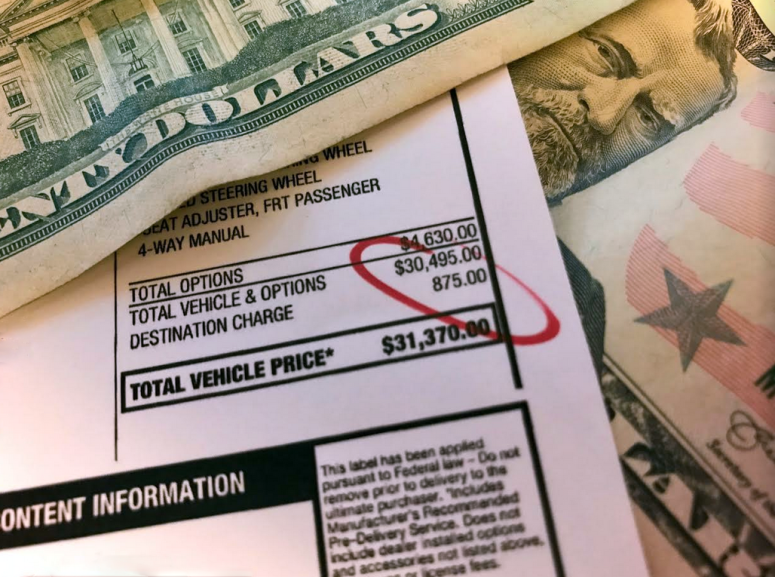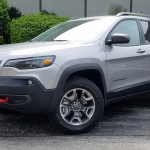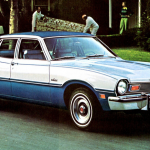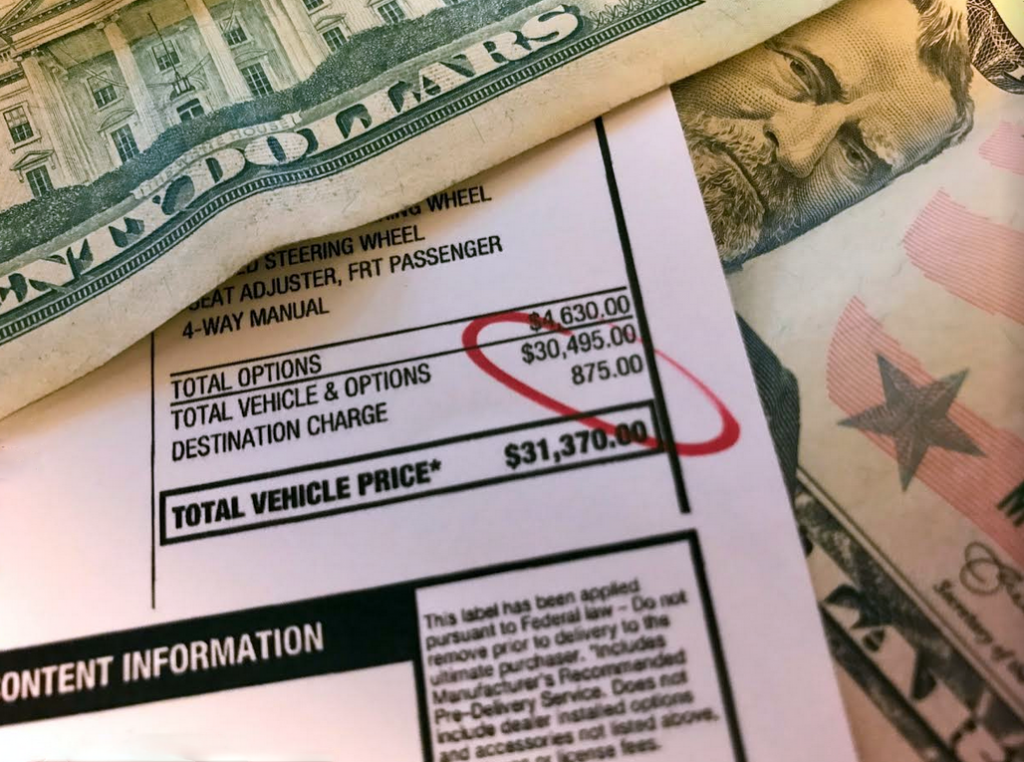
There was a wonderful Wild West quality to the early days of the American auto industry. Though we largely associate Detroit, Michigan, with the manufacturing of cars and trucks, pioneering car companies had sprouted up all over the country by the early Twenties.
What is the Destination Charge?
History of the Destination Charge
Stutz Motor Company, for example, was building cars in Indianapolis, Indiana; the Cunningham company was located in Rochester, New York; and Doble Steam Motors was headquartered in Emeryville, California. And all of the far-flung manufacturing firms of this fledgling industry dealt with a common problem: delivering their finished vehicles to end customers.
While the U.S. auto industry’s early growth may have been explosive, it took place long before the existence of double-decker rail cars or the interstate highway system. Though most cars were ultimately shipped by rail, they often had to cover significant ground after having been delivered to a regional rail yard.
For this reason, carmakers were unable to quote a single price for the delivery of a given vehicle. Thus, the advertised prices for cars throughout the Twenties typically included the price of the car itself and language along the lines of “F.O.B. Detroit.”
Cost of 1931 Auburn Sedan: $995; Destination Charge of 2013 Chrysler 200: $995
F.O.B. Detroit
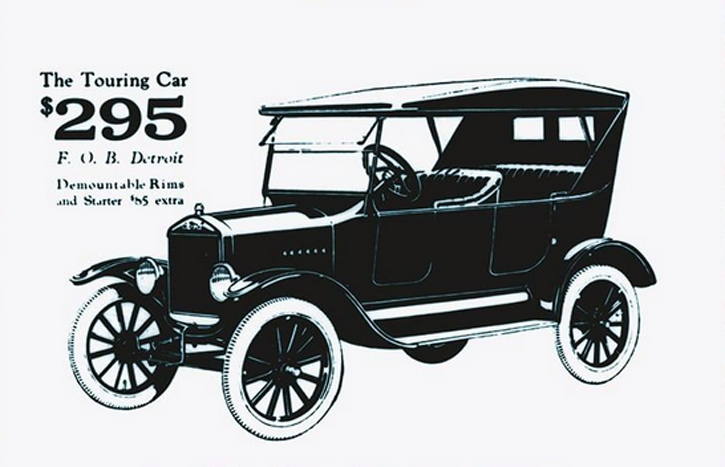
A shipping acronym still in common use, “F.O.B.” stands for Free On Board. Thus, the vehicle advertised would not include a delivery charge (DC) if it was picked up in Detroit, but would include those costs if it was shipped to another destination.
Over time, as the car dealership system developed, delivery prices started to standardize, and varied only by city—or sometimes state. Then, in 1958, Congress enacted the Automobile Information Disclosure Act, a set of laws requiring auto manufacturers to provide consumers with several pieces of information—all of which were to appear on what came to be known as the Monroney sticker, or, more commonly, the window sticker. The label was named for Oklahoma senator Mike Monroney, who introduced the original Automobile Information Disclosure Act bill.
Monroney Label
One tenet of the Monroney label law was that the sticker include the manufacturer’s full suggested retail price of the car—including shipping. It is thus that the destination charge (DC) became a standardized line item on new-vehicle prices.
Though the DC varied geographically, it was no longer a mystery to shoppers—and dealers could no longer claim the fee was higher than it actually was.
Changing Times
By the Seventies, the DC had largely become uniform for all locations, and was thus the same in Tampa, Florida, or Las Vegas, Nevada, regardless of where the vehicle was built.
Note, however, that the DC can be slightly higher in some areas for a couple of manufacturers. Toyota, for example, still delivers vehicles in the south and southeast through two independent distributors: Gulf States Toyota and Southeast Toyota. Destination fees in these regions may be slightly higher. Also, some makers charge a higher DC charge for vehicles delivered in Alaska and Hawaii.
Best Crossovers for $300 a Month
Destination Charge FAQ
Can I avoid paying the destination charge?
No. There was a time that it was possible to take delivery of your new car or truck at the factory, and thus avoid paying the DC. In virtually every case, carmakers no longer accommodate that option. Plus, the law in most states requires that a new vehicle be delivered by a dealership.
Can I negotiate the destination charge?
Not exactly. The DC is real, and it is not marked up by the dealer. That said, you are free to negotiate EVERYTHING when buying a new car and truck. Generally, it’s most effective to negotiate the final price of the vehicle you are interested in, not the individual line items.
Do I have to pay tax on the destination charge?
Yes. Though it is technically a service, the charge is included in the final Manufacturer’s Suggested Retail Price (MSRP) and is taxable.
Should I Buy A Used Car From Enterprise?
Destination Charge Fun Facts
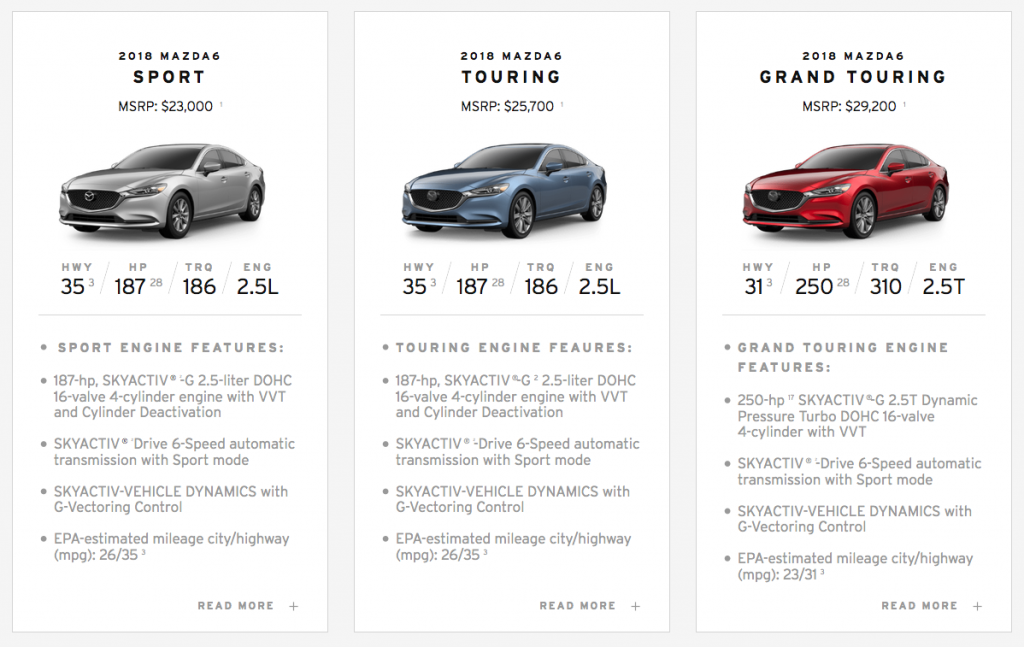
Not always included in advertised price
Depending on where you live, it may be legal for a dealership to advertise the price of a vehicle without the DC. This is disingenuous, but it happens. Be sure to read the small print. Also, automakers often don’t include the DC on their websites, at least until you complete the “build your own” process. The DC is there, but it’s not always included in the numbers you may be looking at.
Destination prices are on the rise
Manufacturers looking to claim that they’ve “held the line on pricing” will often raise the DC charge instead of the base price of a given vehicle. For example, the charge on a 2015 Ram 1500 pickup was $1195. The charge increased to $1395 for 2018, and $1645 for 2019.
And Ram isn’t the only brand increasing DCs at an accelerated rate—the 2016 Jeep Compass carried a DC of $995, but that fee has increased to $1445 for 2019.
The destination charge is not going away
Some consumers and consumer-advocacy groups are calling for the abandonment of the destination fee. As the charge no longer reflects the actual delivery cost of the vehicle, and because the amount of the fee is simply rolled into the MSRP, critics argue that it no longer serves any real purpose as a line item, apart from allowing some dealers to play around with the advertised price of the vehicle.
On the other hand, without the DC clearly marked on the Monroney label, dealers could again return to the shady practice of claiming the charge is not included in the price of the vehicle seen on the sticker.
Should I Buy a Certified Pre-Owned (CPO) Vehicle?

